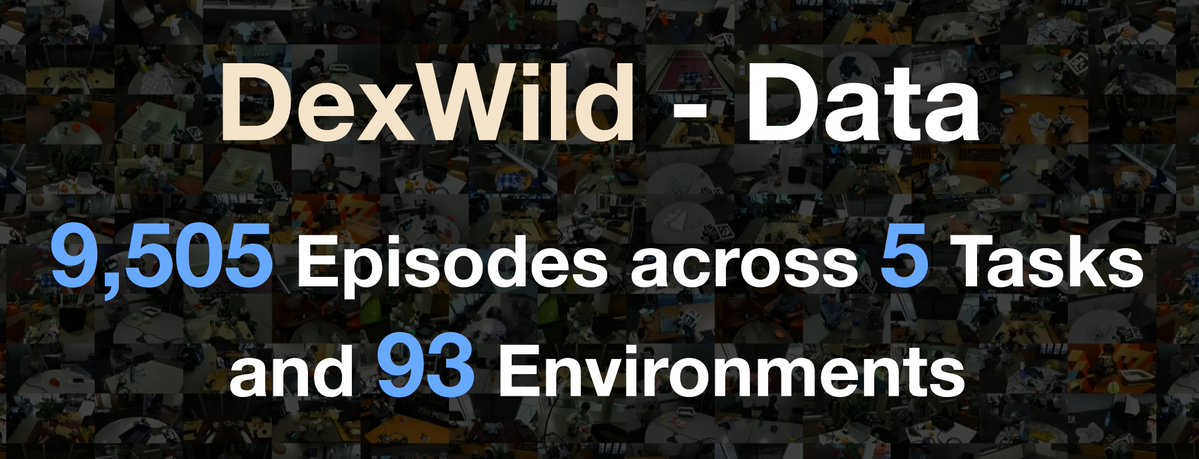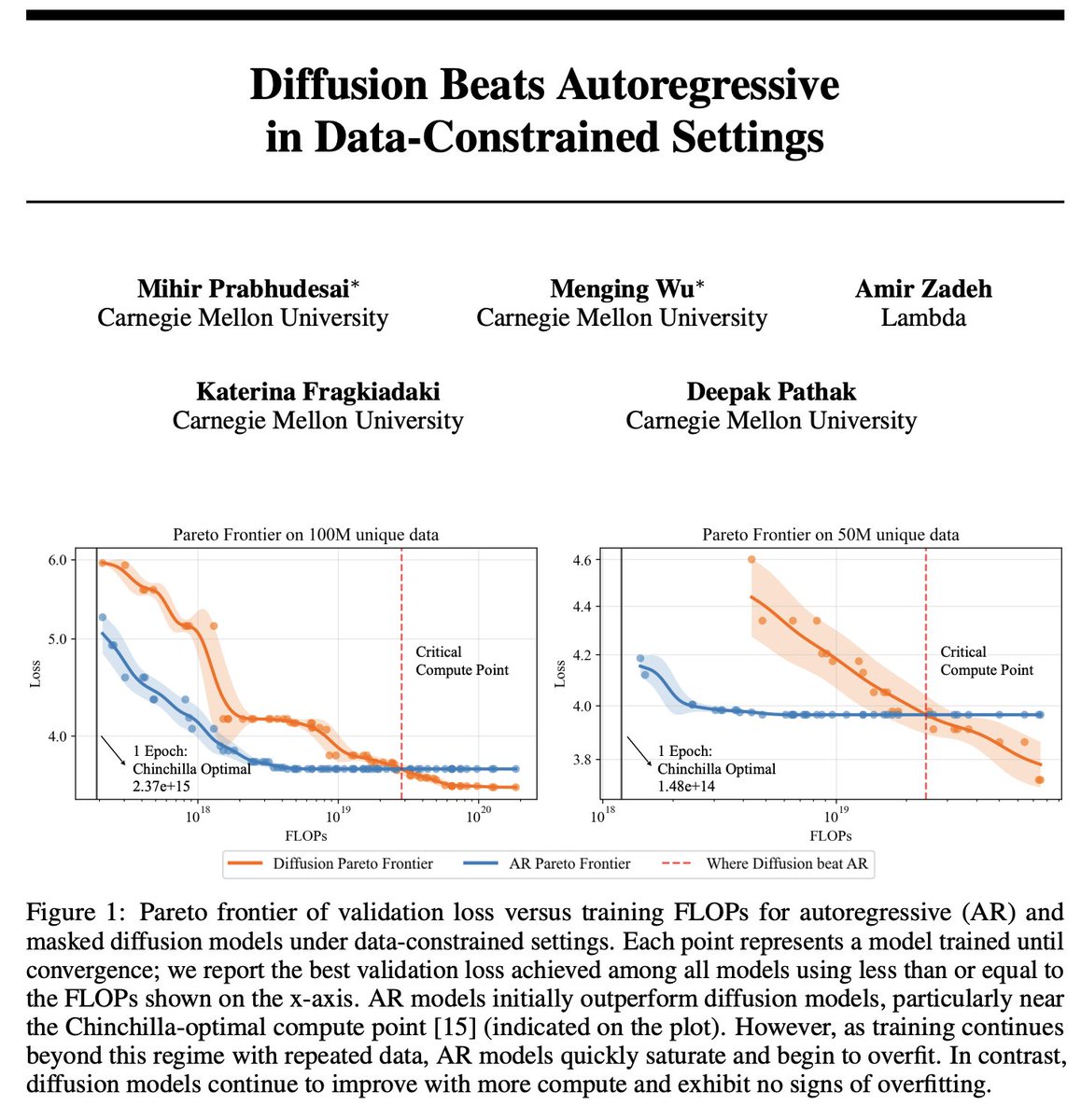
Kenny Shaw
@kenny__shaw
2nd Year PhD (Fall 2024) in Robotics at Carnegie Mellon with Prof. Deepak Pathak. Working on Robot Hands such as LEAP Hand. NSF GRF.
ID: 2657236551
30-06-2014 18:15:04
736 Tweet
958 Takipçi
753 Takip Edilen



Want to add diverse, high-quality data to your robot policy? Happy to share that the DexWild Dataset is now fully public, hosted by Hugging Face 🤗 Find it here! huggingface.co/datasets/board…







I’m thrilled to announce that we just released GraspGen, a multi-year project we have been cooking at NVIDIA Robotics 🚀 GraspGen: A Diffusion-Based Framework for 6-DOF Grasping Grasping is a foundational challenge in robotics 🤖 — whether for industrial picking or


LEAP Hand now supports Isaac Lab! (adding to Gym, Mujoco, Pybullet) This 1-axis reorientation uses purely the proprioception of the LEAP Hand motors to sense the cube. We open‑source both Python or ROS 2 deployment code! Led by Sri Anumakonda github.com/leap-hand/LEAP…











